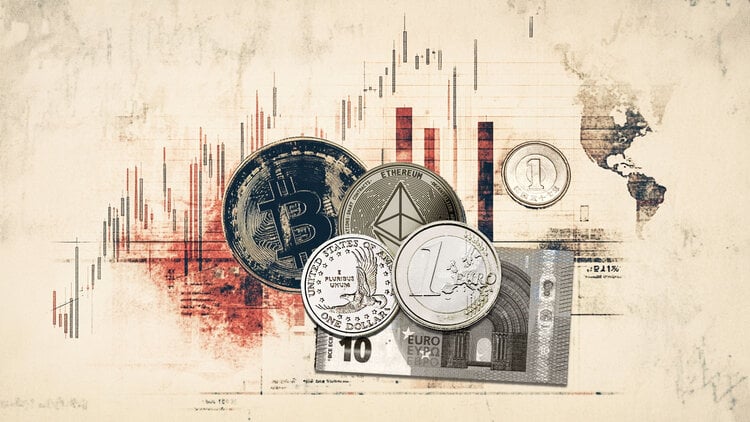With consumers demanding and attentive to the positioning of brands, companies started to bet more on projects that have social impacts, transforming this into a business strategy.
José Maurício Conrado, professor of publicity and propaganda at Universidade Presbiteriana Mackenzie, explains that this movement is called the “attention economy”.
“In the past, marketing aimed to generate profit for companies, but today, the image that consumers have of brands is also important. These projects generate positive values that are well regarded by society. Brands are seeing that it is necessary to connect with contemporary issues in order, first, to do something for society and, second, to be admired by customers”, he says.
Roberto Kanter, professor of MBAs at FGV, says that it is common for companies to look for their purposes. “To get more engagement, brands can’t just sell a product. Even if you have an interesting customer experience, it is necessary to create social strategies”.
He says companies show their ESG (Environmental, Social and Governance) positioning so that customers start to have an emotional relationship with the brand and feel that a part of their money goes to society.
Thus, the LTV (lifetime value)a term used to define a forecast of profit attributed to all future relationships with customers, is increased by the fact that the company generates trust and a sense of belonging, says Kanter.
Barbara Levy, marketing professor at IAG (PUC-Rio Business School), says, however, that the company needs to be careful when choosing social actions that make sense with its market positioning.
“Otherwise, they may appear merely ‘interesting’ in the eyes of consumers. Which can have the opposite effect, that is, distance the consumer from the brand”.
She explains that it is the same as supporting diversity, but not applying it in the internal environment. “Today, everything can be made public, so it is necessary to have coherence between speech and actions”.
A KPMG survey pointed out that the main challenges to being a philanthropic company are allocating resources as efficiently as possible, measuring the project’s impact, finding a good organization to support and knowing how to get started.
“Making the right choices takes time for analysis and research. Adopting the right structure is critical, and experience is just as important as money. Measuring the impact of the activity over years or decades requires an innovative approach that is different from what has been practiced so far”, says Carolina de Oliveira, managing partner of private enterprise at KPMG Brasil.
One company that recently announced a social project was Nestlé. Alongside the NGO Gerando Falcões, the company launched the ‘nut and fruit bar’, in which the total profit is destined for the Favela 3D project, which promises to offer housing, access to health, education and financial capital for women to undertake.
The project will start in São José do Rio Preto (SP), Boca do Sapo, Ferraz de Vasconcelos (SP), Morro da Previdência (RJ) and Vergel do Lago (AL). The expectation is to generate R$ 1 million in profit in the first year with the sale of the bars.
Ambev also has social projects. In 2017, the company launched the AMA mineral water brand, which allocates 100% of the profit to projects for access to drinking water in the Brazilian semi-arid region.
To date, AMA has raised more than R$7 million, fully allocated to 76 projects, impacting more than 339,000 people. And, in September 2021, the company developed a project with the company Deep that delivered more than 6 thousand clay filters.
Natura has also been working with philanthropic projects since 1995. At the time, the company launched its only non-cosmetic line (necessaries, bags, mugs, backpacks and cases), in which all the profit is destined for education, such as literacy for children up to seven years old and full-time high school.
And this movement is not just for large corporations. Adimax, a maker of food for dogs and cats in Brazil, for example, offers 2% of its annual revenue to philanthropic projects.
That is, instead of selling a single product for a cause, the feed producer offers a small portion of the total amount.
“I believe that it will be increasingly a trend to see brands carrying out projects of a social nature, as they need to show themselves even more connected with contemporary problems, generating value for brands, and thus, pleasing their consumers”, says the Mackenzie professor.
Source: CNN Brasil
I am Sophia william, author of World Stock Market. I have a degree in journalism from the University of Missouri and I have worked as a reporter for several news websites. I have a passion for writing and informing people about the latest news and events happening in the world. I strive to be accurate and unbiased in my reporting, and I hope to provide readers with valuable information that they can use to make informed decisions.







